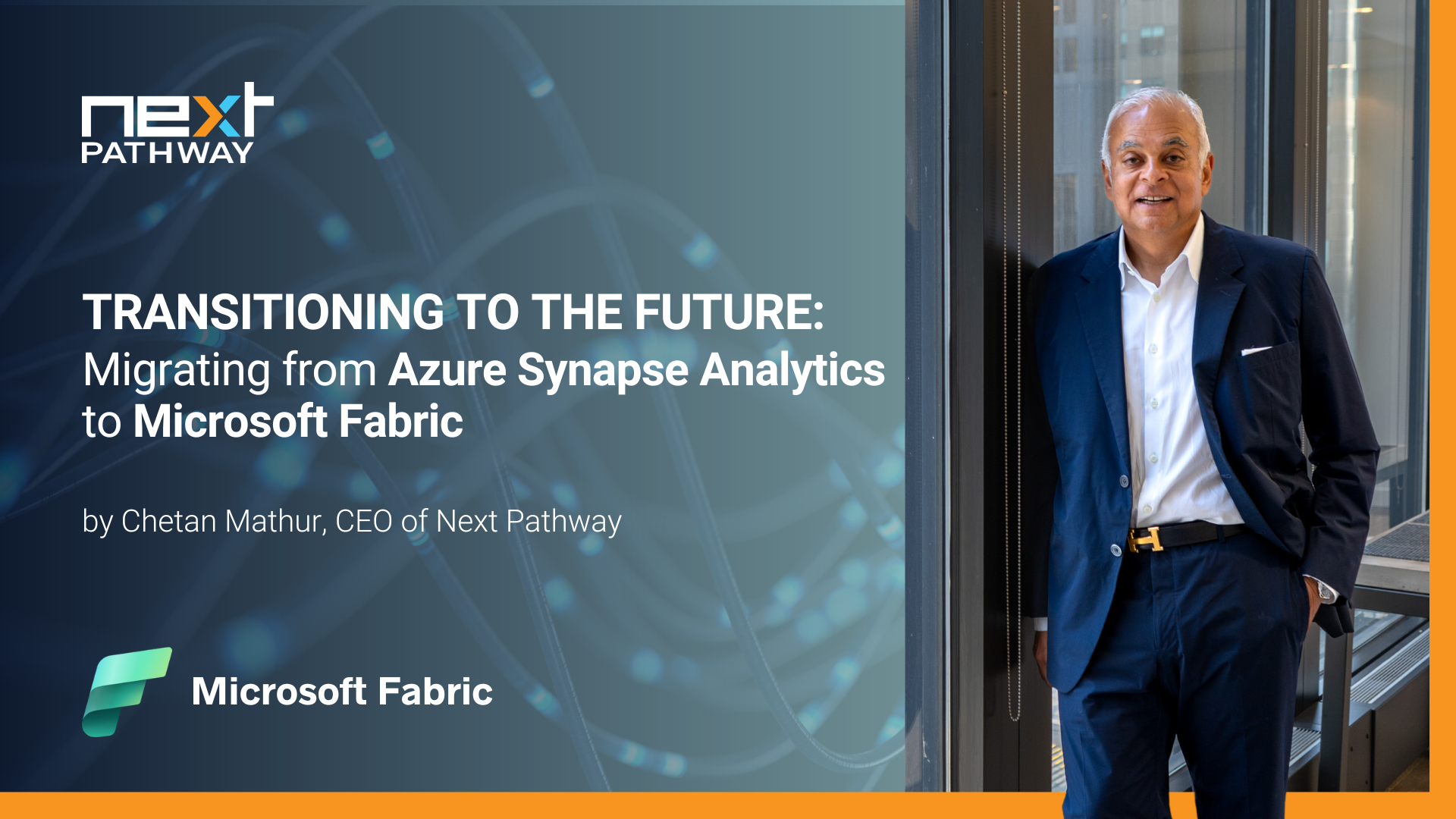Transitioning to the Future: Migrating from Azure Synapse Analytics to Microsoft Fabric

Microsoft Fabric is a visionary SaaS offering designed to unify various data and analytics workloads, providing a singular solution for data engineering, science, analytics, and business intelligence. As the next step in the evolution of Azure Synapse Analytics, Microsoft Fabric simplifies the analytics landscape by offering an integrated suite of services, including data lake, data engineering, and data integration, all in one place. Transitioning to Microsoft Fabric from Azure Synapse Analytics is a strategic move that enables organizations to harness enhanced capabilities and a more streamlined analytics experience.
Key Differences Between Azure Synapse Analytics and Microsoft Fabric
The transition from Azure Synapse Analytics to Microsoft Fabric is marked by several key differences, particularly in data storage. Microsoft Fabric, unlike Azure Synapse Analytics, does not include a dedicated SQL pool or relational storage, reflecting a strategic shift towards a more flexible and scalable lake-centric approach with OneLake. While some features like Synapse Link and Mapping Data Flows are not present in Fabric, it introduces new capabilities tailored to specific personas and tasks, offering a platform experience that is automatically wired into OneLake. Additionally, Microsoft Fabric moves away from Synapse Studio, instead offering a new user experience based on the Power BI UX, which is more intuitive and persona oriented.
Azure Synapse Analytics to Microsoft Fabric Migration Process
The migration process from Azure Synapse Analytics to Microsoft Fabric is a comprehensive journey that involves assessing and evaluating the existing architecture, defining the migration scope, and setting up the Fabric Workspace. This process can be facilitated using stored procedures in Azure Synapse Analytics dedicated SQL pool for data warehousing workloads. For Spark-based workloads, the migration may involve multiple scenarios and phases, and it's important to verify that Fabric Data Engineering is the best solution for your workload, as some features related to Spark are still in development or preview.
Benefits of Migrating from Azure Synapse Analytics to Microsoft Fabric
Migrating to Microsoft Fabric unlocks a multitude of benefits. The Spark engine in Fabric is notably faster than in Azure Synapse Analytics, promising improved performance for Spark-based workloads. The integration with Power BI is seamless and intuitive, enhancing the analytics and BI experience. Microsoft Fabric also fosters a unified environment that streamlines workflows and boosts efficiency for data professionals, making it an attractive option for organizations looking to modernize their data operations.
Using Automated Cloud Migration Technology to Accelerate Your Migration to Fabric
The transition from Azure Synapse Analytics to Microsoft Fabric can be significantly expedited with the use of automated cloud migration technologies. Tools developed by Next Pathway such as CRAWLER360, SHIFT Cloud, and Tester, are specifically designed to streamline and enhance the migration process.
- CRAWLER360, a sophisticated planning tool, scans and catalogues legacy data sources, offering valuable insights that inform and guide the migration planning process.
- SHIFT Cloud, a state-of-the-art code translation software, has the capability to automatically migrate legacy workloads to any cloud target, reducing manual effort and increasing efficiency.
- Tester, a robust testing solution, generates structurally and referentially correct test data, providing assurance that your translated and tested code is ready for final user acceptance.
The transition from Azure Synapse Analytics to Microsoft Fabric is a strategic move that opens up a world of opportunities. This shift, while requiring careful planning and a deep understanding of the platforms' differences, is a gateway to the compelling advantages that Microsoft Fabric offers. Embracing Microsoft Fabric's unique features and user experience is an exciting step forward, and it's an opportunity to explore and adapt to the platform's innovative capabilities. With the aid of automated cloud migration technologies, each migration can be tailored to the unique needs of the organization, ensuring a smooth transition. This strategic move allows organizations to fully harness the advanced capabilities of Microsoft Fabric, propelling them towards a future of enhanced data analytics.
About Next Pathway
Next Pathway is the Automated Cloud Migration company. Powered by the SHIFT Cloud, Next Pathway automates the end-to-end challenges companies experience when migrating applications to the cloud. For more information, please visit nextpathway.com.
